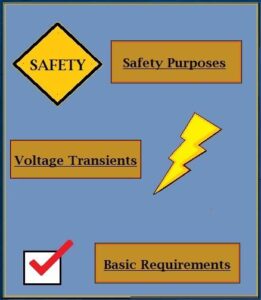
Electrical grounds connect one of the current-carrying conductors to the equipment grounding system and to the actual earth. In a battery-based system, it is recommended to connect one of the current-carrying conductors as close to the battery as possible, as the battery is typically the greatest DC source of power. One reason to ground the electrical system is for safety; however, electrical transients are another major reason.
How to Ground Off-Grid Solar Systems
An earth ground can be created by a ground rod, copper wire in the ground (known as a ground ring), and other means. A mounting pole can be used as the ground if installed correctly. However, an earth resistance meter should be used to measure the resistance from the system ground to the actual earth. It is recommended that the ground system have a resistance less than 5Ω to ground.
Morningstar Corporation distributor, SunWize Power and Battery, has created this excellent resource to help installers understand how to ground off-grid solar systems properly.
